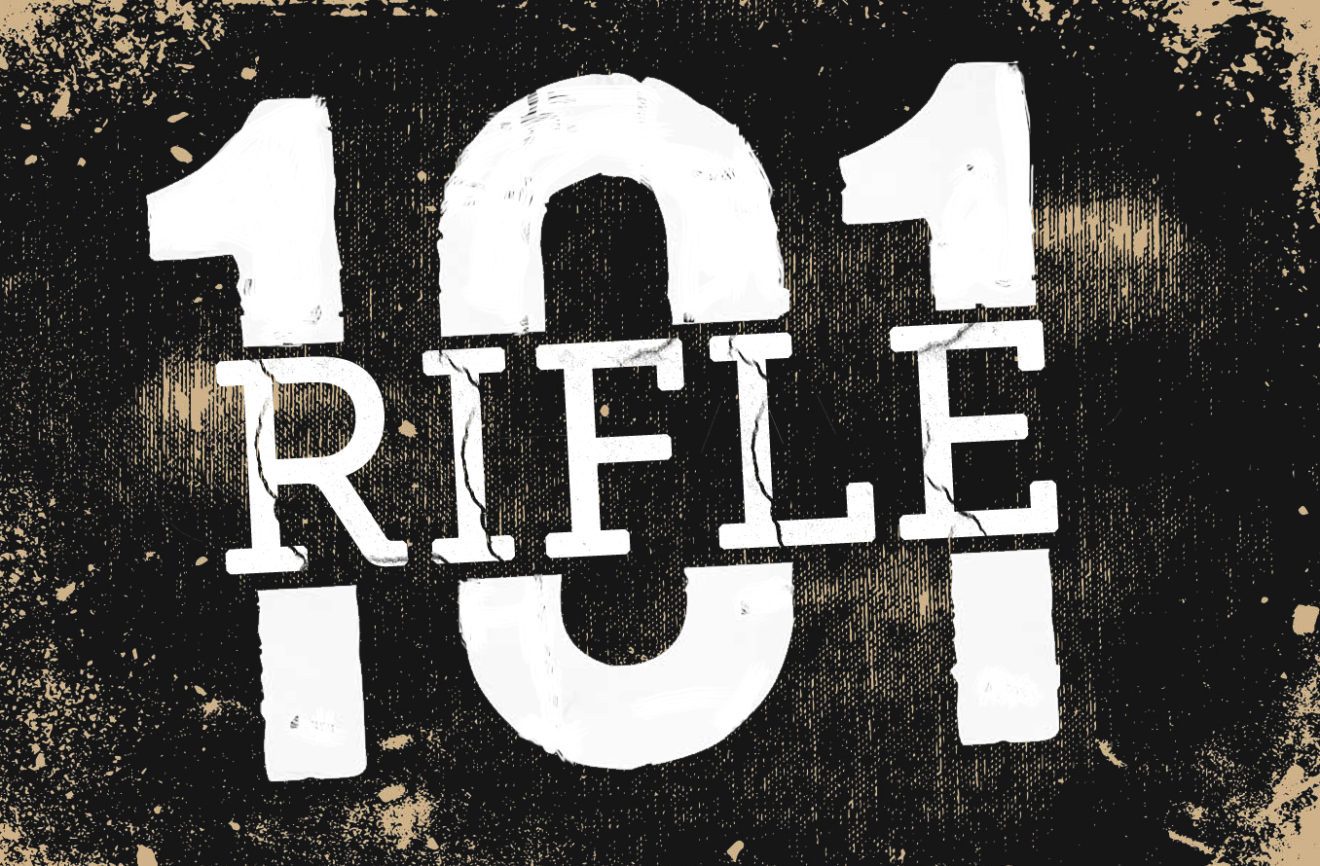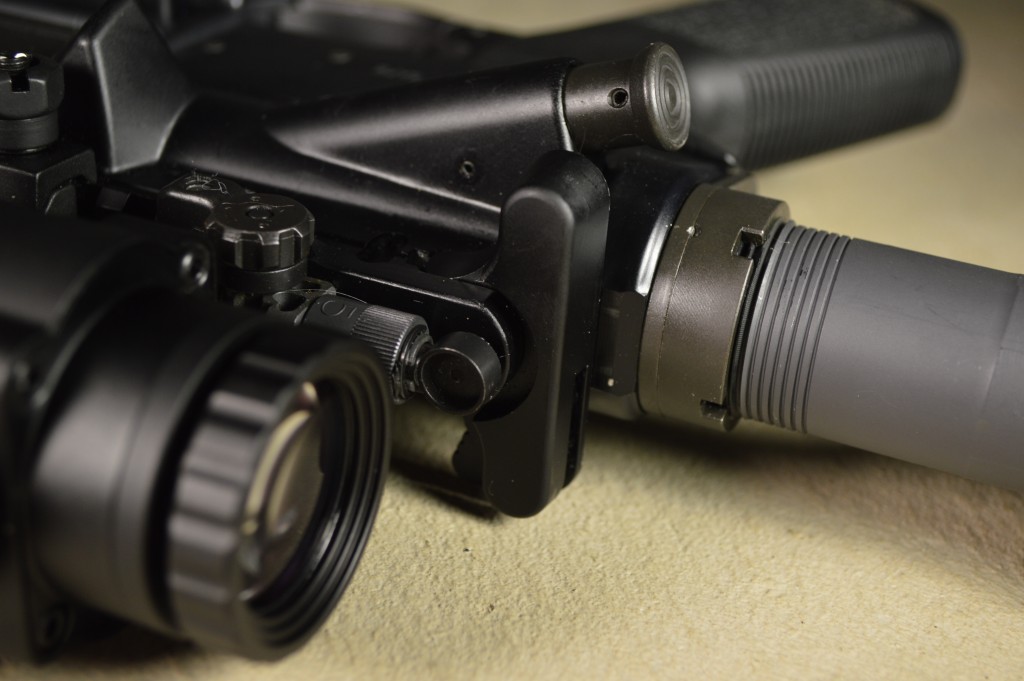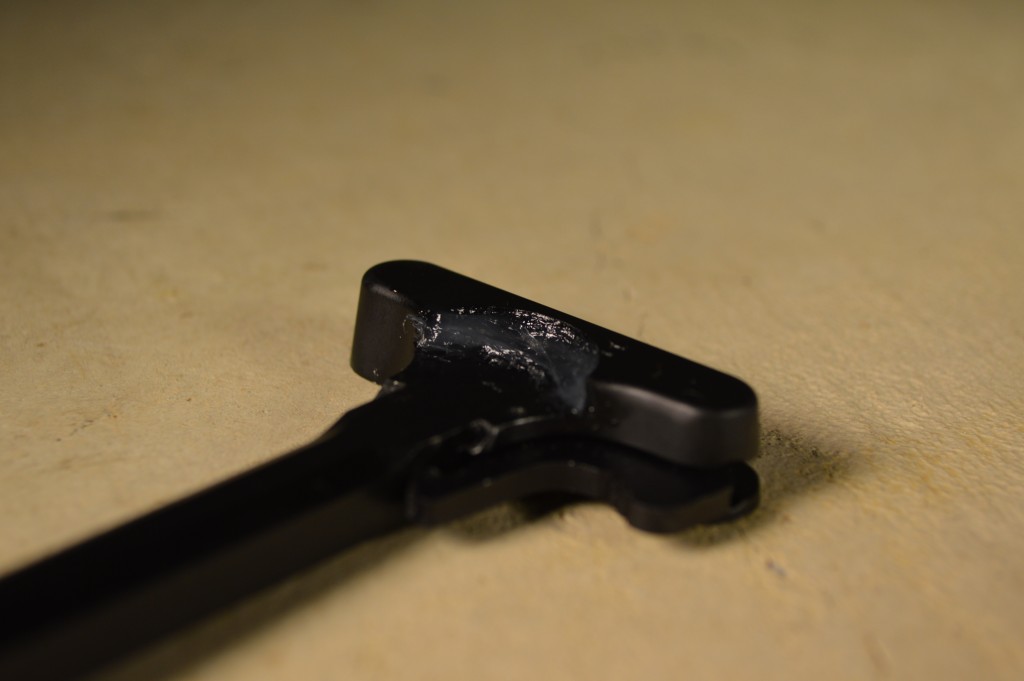How To: Fix Suppressed Blowback with Cheap AR-15 Mod
There is no question, shooting a suppressed rifle is far more enjoyable than firing one with a bare muzzle. The sound reduction notwithstanding, suppressors can also increase a shooter’s proficiency by reducing felt recoil. Unfortunately, these advantages are often diminished by the unpleasant effects of increased gas blowback, especially in AR-15 style rifles. One reason ARs can be particularly troublesome when suppressed is that the charging handle opens up a large exit port at the back of the receiver. Even when locked closed, there is often room for gas to escape around the part. Typically, shooters will drop $40 or more dollars on a specialized charging handle to cut down on these effects. Fortunately, some enterprising enthusiasts have devised a far cheaper and equally valid solution.
The concept is simple; we want to remove the “play” around the rear of the charging handle and provide a good enough seal with the upper receiver that gas blowback finds easier routes to escape the rifle. On my SR-15, I noticed that the charging handle had as much as 1 mm of fore and aft movement, even when locked. These tolerances meant that when I used my Specwar 556 with the rifle, my face was sprayed with hot, smelly gas after every shot. The incredibly cheap solution for this issue involves using a small amount of silicone (found near the adhesives at your local hardware store, Permatex RTV Black is best for this) to close the gap at the top of the charging handle where it meets the receiver.
The photo below illustrates this fix. Readers will note that I only used a minimal amount of silicone to seal the gap. As far as the application of the silicone is concerned, I caution readers to go slowly and apply the product in thin layers. It may take as many as 12 hours for the silicone to dry between layers, but we want to make sure we do not add too much as excess will prevent the charging handle from locking in the forward position. Once complete, the millimeter or so of play between the handle and the receiver should be eliminated. Additionally, the handle may require some slight force to lock closed, but should easily return to the locked position when the bolt carrier is released.
Some shooters may find that preliminary attempts to seal the back of the receiver are not successful. Indeed, it is easy to leave small gaps in the silicone application that might allow gas to exit the firearm. For those who have poor initial results with this method, I recommend adding additional (small) amounts of silicone until the proper seal is achieved. While this solution may not address all sources of unpleasant gas blowback, it is certainly the cheapest option and will work with the appropriate amount of patience.
An information security professional by day and gun blogger by night, Nathan started his firearms journey at 16 years old as a collector of C&R rifles. These days, you’re likely to find him shooting something a bit more modern – and usually equipped with a suppressor – but his passion for firearms with military heritage has never waned. Over the last five years, Nathan has written about a variety of firearms topics, including Second Amendment politics and gun and gear reviews. When he isn’t shooting or writing, Nathan nerds out over computers, 3D printing, and Star Wars.



